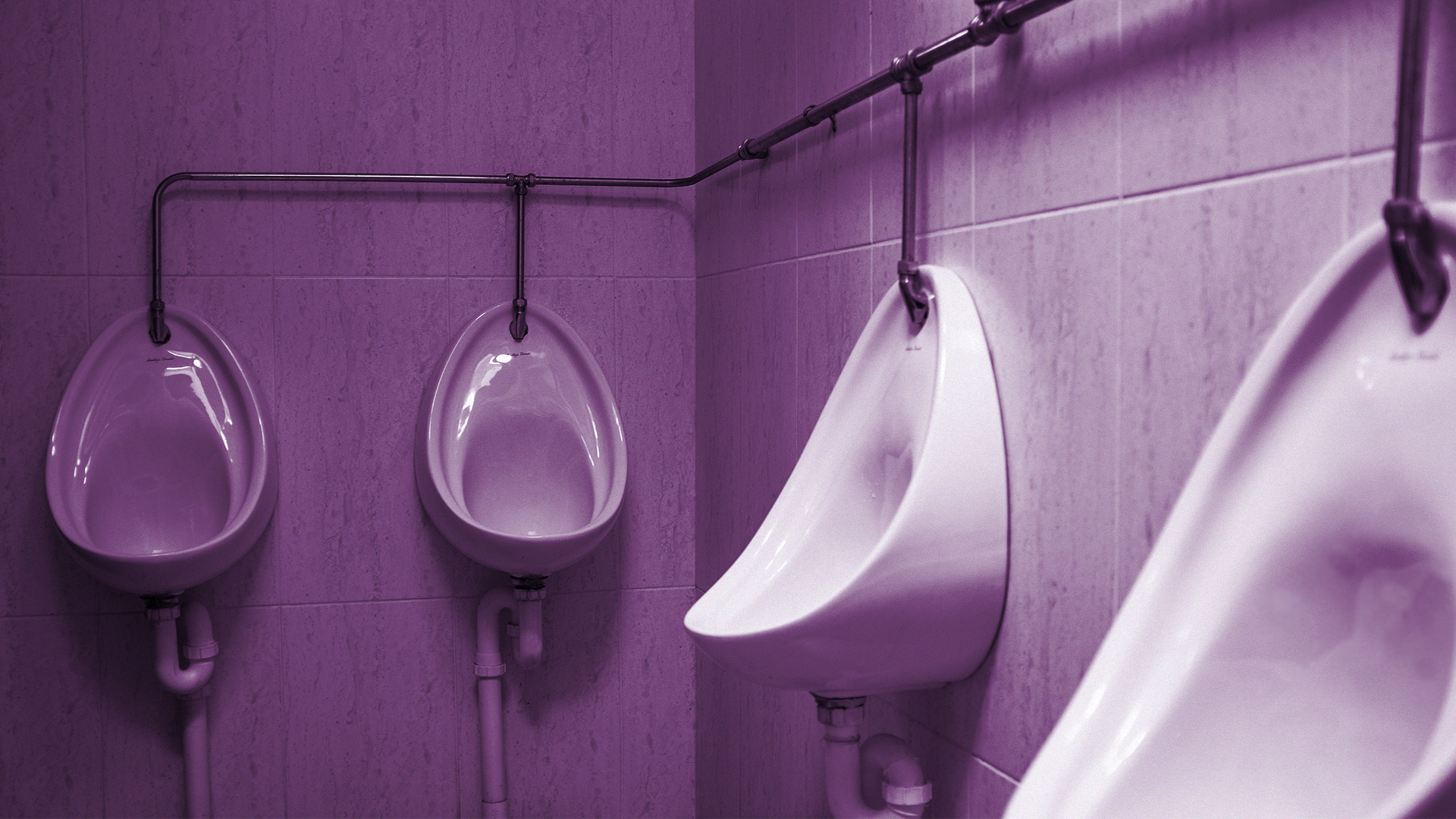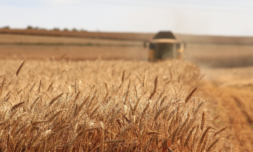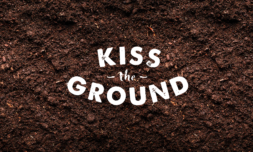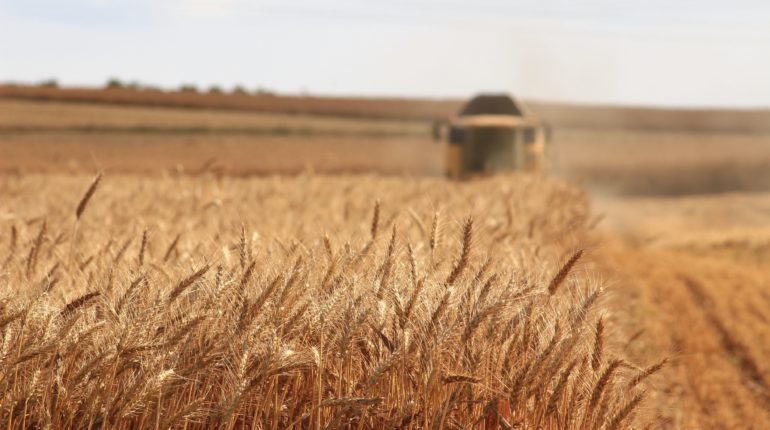Can building a circular pee-conomy really contribute to a greener world?
While going to the toilet and admiring the tiles on the wall, have you ever considered that maybe pulling that flusher is wasting a golden resource? Of course you haven’t, but after today you just might.
If you regularly keep up with Thred’s stories on regenerative agriculture you’ll know that the farming industry continues to heavily rely on synthetic fertiliser, the production of which is eating into finite resources and spreading harmful emissions. However, it turns out a bunch of key nutrients that make up such fertilisers are also found in human urine and scientists are weirdly keen on establishing a circular pee-conomy to make farming more sustainable.
The rich components of pee we’re talking here are nitrogen, phosphorus, and potassium, and given that the average family flushes away 13 gallons a week, it’s safe to assume there’s probably no struggle for supply. At the other end of the scale, conventional fertiliser production is stretching phosphorus and potassium reserves thin and diminishing mineral quality, while converting nitrogen from a gas to a soluble farming compound is consuming 2% of the world’s energy alone.
We’re not trying to make you feel guilty for relieving yourself, or suggest that you should hold it in in future, but the surplus of pee weighed against agriculture’s need for nitrogen makes the reasoning behind upcycled urine simple to understand. Figuring the best way of extracting these resources is proving a little trickier though.
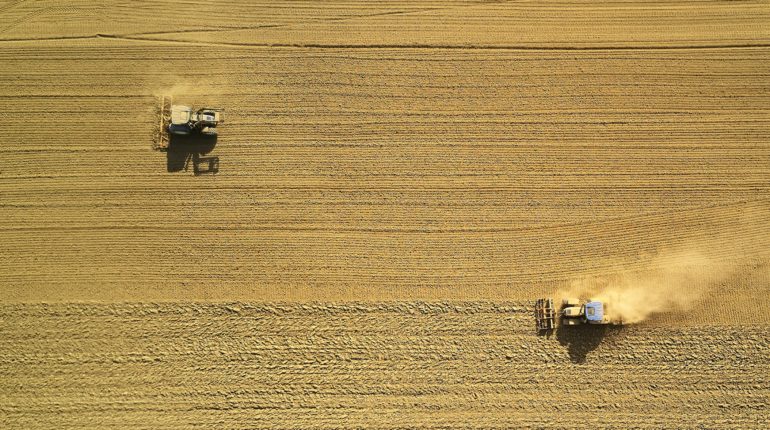
The most promising solution as of right now is a process called alkaline urine dehydration, which involves using evaporation and enzymes to break urine down into odourless pellets that look like dry dog food. Just make sure to store it away from the pedigree chum.









